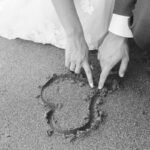Physical Address
304 North Cardinal St.
Dorchester Center, MA 02124
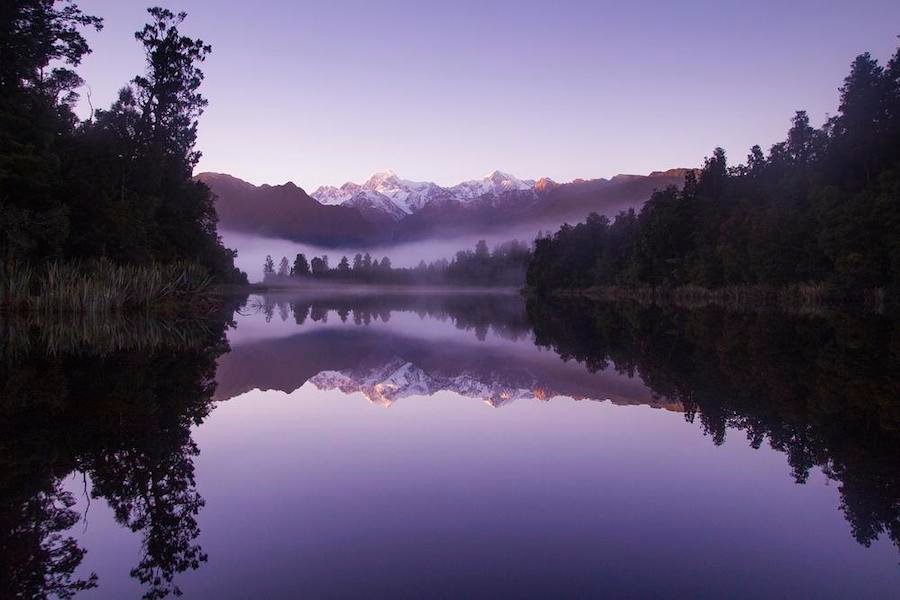
Milford Track, New Zealand-The World’s Number One Walk
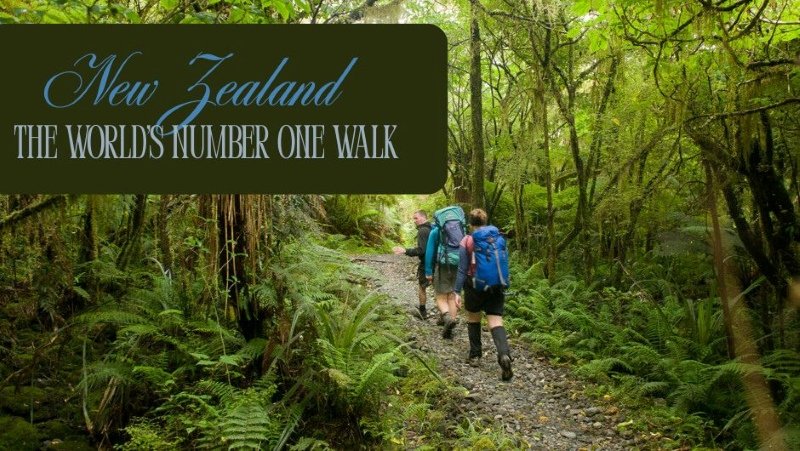
The World’s Number One Walk
Meta Description: Discover the legendary Milford Track, New Zealand’s unparalleled multi-day hike. This guide offers insights into planning your adventure, finding cheap flights and budget-friendly hotels, and uncovering hidden gems, ensuring an unforgettable journey for all.
Have you ever dreamt of a place where ancient rainforests whisper tales of time, where waterfalls cascade with untamed power, and mountains stand guard, cloaked in mist and mystery? That place exists, and it’s called the Milford Track. Nestled deep within New Zealand’s South Island, this legendary multi-day hike isn’t just a walk; it’s an immersive journey into the very heart of nature’s grandeur. Often hailed as “the finest walk in the world,” it’s an experience that transcends mere tourism, offering a profound connection with one of our planet’s most pristine wildernesses.
From the moment you step foot on the track, you’ll understand why it holds such a revered status. The air itself feels different here, crisp and clean, carrying the scent of damp earth and verdant foliage. Every turn reveals a new masterpiece: towering peaks carved by glaciers, crystal-clear rivers winding through valleys, and an abundance of unique flora and fauna that thrive in this untouched sanctuary. It’s an adventure that promises not just breathtaking vistas, but also moments of quiet introspection, challenging your spirit while nourishing your soul. For those seeking a truly transformative travel experience, the Milford Track isn’t just a destination; it’s a calling.
Planning a trip to such a remote and protected wonderland requires a little foresight, but trust me, every bit of preparation is worth it. This section will guide you through the practicalities, ensuring your journey is as smooth as the serene waters of Milford Sound.
Before you even dream of the majestic landscapes, let’s talk logistics. For most international visitors, a visa or NZeTA (New Zealand Electronic Travel Authority) will be required. It’s always best to check the official New Zealand immigration website for the most up-to-date requirements based on your nationality. Don’t leave this to the last minute!
Now, for the “when.” The official Great Walks season for the Milford Track typically runs from late October to late April. This is when the huts are fully serviced, track conditions are at their best, and transport options are readily available. While the summer months, December to February, offer the warmest weather and longest daylight hours, they are also the busiest. If you’re looking for a slightly less crowded experience, consider the shoulder seasons, like November or March/April. The weather can be a bit more unpredictable, but the golden hues of autumn or the fresh vibrancy of spring are truly magical. Just remember, rain is a constant companion in Fiordland, regardless of the season, adding to the dramatic beauty of its waterfalls and rivers.
Reaching the Milford Track is an adventure in itself, often starting from Queenstown or Te Anau, the gateway to Fiordland National Park. If you’re looking for cheap flights and budget-friendly hotels, start your search early, especially if traveling during peak season. You can fly into Queenstown Airport (ZQN), which has excellent connections within New Zealand.
From Queenstown, you have a few options to reach Te Anau, which is the last major town before the track:
Once in Te Anau, the true journey begins. You’ll take a bus from Te Anau to Te Anau Downs, followed by a scenic boat trip across Lake Te Anau to Glade Wharf, the official starting point of the Milford Track. At the other end, from Sandfly Point, a boat will ferry you across Milford Sound to Milford Sound village, where buses await to take you back to Te Anau or Queenstown.
The Milford Track itself requires staying in Department of Conservation (DOC) huts, which must be booked well in advance – often a year or more out – as spots are extremely limited. These huts provide basic, comfortable accommodation with bunk beds, cooking facilities, and cold running water. They are a true experience of communal living on the trail.
For your nights before and after the track, particularly in Te Anau, there are fantastic options for every budget:
Remember, booking your accommodation in advance, especially during the peak season, is crucial to securing the best prices and availability. Our “Planning Travel Trips” page on travelgoeasy.net offers more insights on securing the best deals.
Eating on the Milford Track is primarily a self-catering affair. You’ll need to carry all your food for the four days, and this is where smart packing comes in! Dehydrated meals, instant noodles, and energy bars are popular choices for their light weight and ease of preparation. This is one of the easiest ways to save money while on the track, as purchasing pre-made meals would be impossible.
In Te Anau, however, you have a range of choices:
The Milford Track is a well-maintained trail, but it is still a multi-day wilderness hike. Expect varied terrain, from boardwalks and gravel paths to rocky sections and uphill climbs. The weather in Fiordland can change rapidly, so be prepared for all conditions, including heavy rain. This is part of the track’s wild charm!
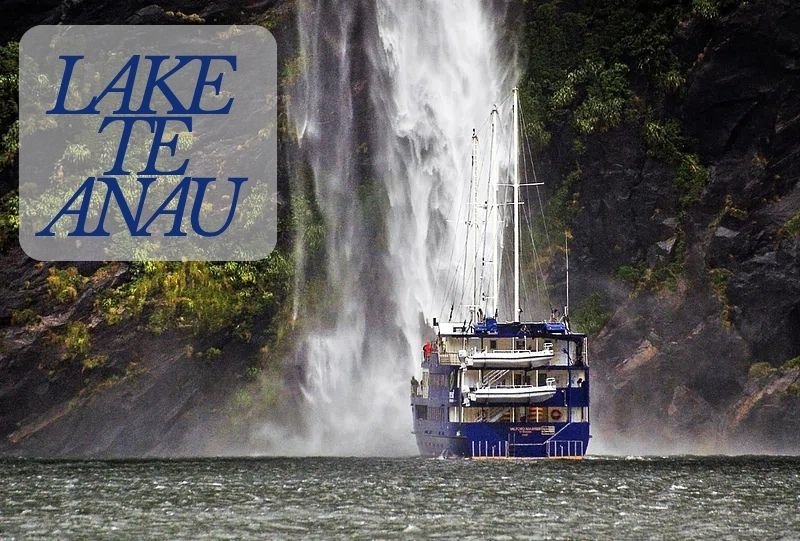
Lake Te Anau
Your Milford Track journey officially begins with a picturesque boat trip across Lake Te Anau, transporting you to Glade Wharf. The air is fresh, carrying the scent of ancient forests, and the only sounds are the gentle lapping of water and the calls of native birds. From Glade Wharf, it’s a relatively easy walk through lush beech forest to Clinton Hut, covering about 5 kilometers (3 miles).
As you stroll along the well-formed path, you’ll be enveloped by a vibrant green world. Ferns unfurl gracefully, mosses cling to ancient trees, and the light filters through the canopy, creating a dappled, ethereal glow. This initial section is a wonderful introduction to the Fiordland wilderness, a gentle warm-up for the days ahead. Look out for the interpretive signs along the way, sharing fascinating details about the unique ecosystem you’re entering. It’s a truly enchanting start, making you feel as though you’ve stepped into a forgotten, primordial world. This easy beginning allows you to ease into the rhythm of the track, offering a chance to simply breathe in the untouched beauty.
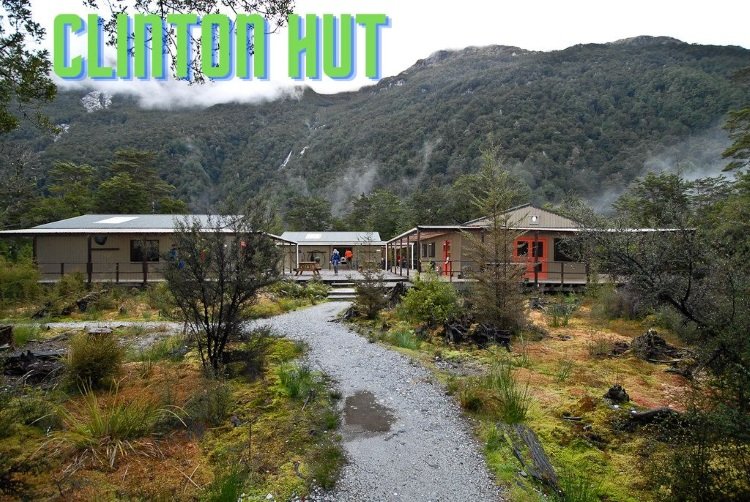
Clinton Hut
This is where the real work begins, and the magic intensifies. Day two is a 16.5-kilometer (10.25 miles) trek that gradually ascends the Clinton Valley, following the Clinton River. The scenery becomes increasingly dramatic as you climb, with sheer rock faces rising majestically on either side. You’ll pass through areas of dense forest, traverse open clearings, and cross swing bridges over gushing rivers. The highlight of this day is often the views of the Mackinnon Pass ahead, a towering saddle that looms in the distance.
The path is generally well-graded, but there are some uphill sections that will test your legs. Keep an eye out for unique birdlife, including the cheeky kea, New Zealand’s inquisitive mountain parrot. As you near Mintaro Hut, you’ll be treated to increasingly spectacular vistas, a taste of the grandeur that awaits you on day three. The sound of waterfalls will become a constant companion, their roaring presence a powerful reminder of nature’s raw energy. This section offers glimpses of undiscovered wonders that few get to witness up close.
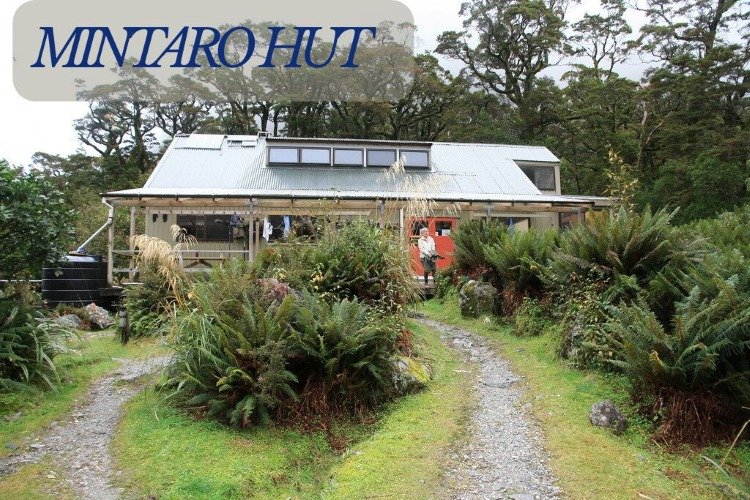
Mintaro Hut
Prepare for the most challenging yet arguably the most rewarding day: the ascent of Mackinnon Pass. This 14-kilometer (8.7 miles) section begins with a steep climb from Mintaro Hut to the highest point on the track, Mackinnon Pass, at 1,073 meters (3,520 feet). The climb is strenuous, but the reward is beyond words. From the pass, on a clear day, you’ll be treated to panoramic views that stretch for miles, encompassing glacial valleys, towering peaks, and the distant glint of Milford Sound. It’s a moment to pause, to truly soak in the vastness and majesty of this incredible landscape. Many find this the most moving part of the hike, a true pinnacle of their journey.
After descending the pass, you’ll enter the “Valley of the Falls,” a truly spectacular section where numerous waterfalls cascade down the sheer rock faces, especially after rain. The most famous of these is the majestic Sutherland Falls, one of the tallest waterfalls in New Zealand, which you can visit via a short side trip. The descent can be steep and rocky, so sturdy footwear and careful footing are essential. The sound of roaring water fills the air, a sensory explosion that invigorates and amazes. This day truly reveals the undiscovered beauty of Fiordland.
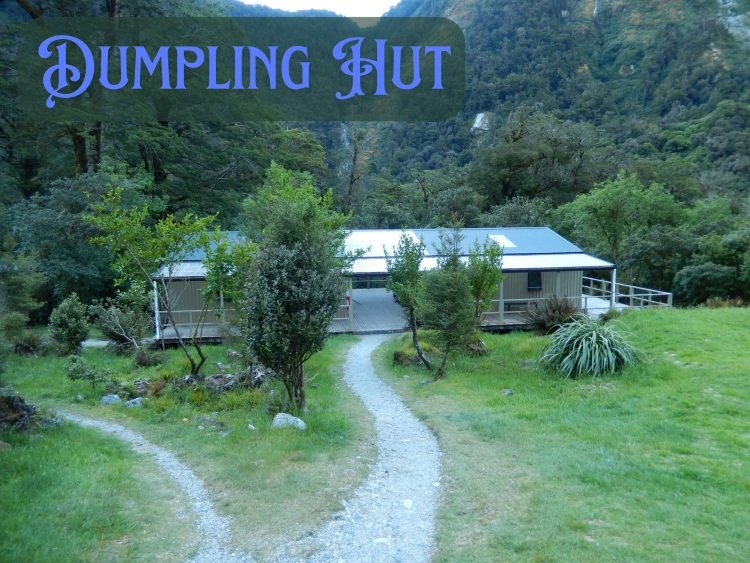
Dumpling Hut
The final day of the Milford Track is a relatively gentle descent of 18 kilometers (11 miles) through enchanting rainforest to Sandfly Point. This section is characterized by lush, moss-covered trees, the constant murmur of the Arthur River, and numerous cascading waterfalls. The path is generally flat or gently sloping, making for a pleasant final leg of your journey.

Sandfly Point
As you walk, you’ll pass through an ancient landscape, feeling the profound sense of history that permeates this land. The air is thick with the scent of damp earth and verdant growth, and the light filtering through the dense canopy creates an almost magical atmosphere. Keep an eye out for the unique local favorite spots along the river where the water carves fascinating formations. Finally, you’ll reach Sandfly Point, where a boat awaits to transport you across the iconic Milford Sound. The sight of Milford Sound’s towering cliffs, including the famous Mitre Peak, is a fitting grand finale to an unforgettable adventure, leaving you with memories that will last a lifetime. This final stretch allows for reflection on the incredible journey you’ve just completed, a perfect ending to an exploration of nature’s hidden gems.
While the Milford Track is undoubtedly the star, Fiordland National Park, a UNESCO World Heritage site, offers a universe of undiscovered wonders waiting to be explored, even if you’re on a budget. Don’t rush out after your hike; allow yourself extra time to experience the magic of this region.

Fiordland National Park,
These additional activities allow you to delve deeper into the region’s natural splendor and provide fantastic family trip planning options. Many of these experiences offer family-friendly pricing if you book directly or look for combo deals. Our “Nature & Wildlife” page on travelgoeasy.net can give you more inspiration for exploring Fiordland’s wild side.
New Zealand, or Aotearoa as it is known in Māori, is a land rich in history and culture. While the Milford Track is primarily a natural wonder, understanding a few cultural aspects can enhance your journey and show respect for the local traditions.
Traveling to New Zealand, especially for a major hike like the Milford Track, can seem daunting for the budget-conscious. However, with smart planning, it’s entirely possible to experience this incredible country without breaking the bank. Here’s how to manage your expenses, focusing on cheap flights and budget-friendly hotels, whether you’re traveling solo or with your family.
By being mindful of your spending and planning strategically, your Milford Track adventure can be a truly accessible dream, proving that some of the world’s most incredible experiences don’t have to break the bank. You can truly discover hidden joys and uncover a hidden paradise even on a tighter budget.
While not an extreme climb, the Milford Track is a demanding multi-day hike. It requires a good level of fitness, especially for Day 3, which involves a steep ascent and descent over Mackinnon Pass. If you’re physically active and can comfortably walk for several hours with a pack, you should be fine. The track is well-maintained, but the weather can make it challenging.
The official Great Walks season runs from late October to late April. This is when huts are serviced, and transport is regular. The summer months (December-February) are the warmest and most popular, but also the busiest. Shoulder seasons (November, March-April) offer fewer crowds and beautiful scenery, though with potentially more unpredictable weather.
Absolutely! Hut bookings for the Milford Track open almost a year in advance and sell out within minutes. It is crucial to book as early as possible through the Department of Conservation (DOC) website. This is particularly important for solo travelers and family trip planning.
You’ll need a good quality backpack, comfortable hiking boots, waterproof and windproof layers (jacket and trousers are essential!), warm clothing (even in summer), a sleeping bag, cooking equipment, and enough food for four days. A headlamp, first-aid kit, and insect repellent (for sandflies) are also highly recommended.
Yes, there are guided walk options that offer a more luxurious experience with private lodges, hot showers, and catered meals. These are significantly more expensive than the independent DOC hut option but provide a comfortable way to experience the track.
No, the Milford Track is a multi-day hike. However, you can do a shorter day walk to Giant Gate Falls from Sandfly Point (accessible by boat from Milford Sound village) to get a taste of the track’s beauty.
Sandflies are prevalent in Fiordland, especially at Sandfly Point. They are small biting insects that can be annoying. Wear long sleeves and trousers, and use a strong insect repellent with DEET. They are less of an issue when you are moving.
The Milford Track is more than just a trail; it’s a testament to the raw, untamed beauty of our planet. It challenges you, inspires you, and leaves you with a profound appreciation for the natural world. From the moment you step onto that boat across Lake Te Anau to the awe-inspiring sight of Milford Sound at the end, every step is a story waiting to be lived.
So, are you ready to embark on this adventure of a lifetime? Are you prepared to discover nature’s hidden gems and explore undiscovered beauty that will stay with you forever? We at Travel Go Easy are here to help you turn this dream into a reality. Whether you’re seeking cheap flights and budget-friendly hotels, comprehensive family trip planning advice, or insights into undiscovered wonders, we’ve got you covered.
Visit travelgoeasy.net today to book your flights, secure your accommodation, and plan every detail of your New Zealand adventure! Let us help you find your secret place and uncover a hidden paradise. Start exploring our “Planning Travel Trips” and “Popular Destinations” pages for even more inspiration!
© 2025 travelgoeasy.net. All rights reserved. This article is exclusive content for travelgoeasy.net and may not be copied or reproduced without permission.
So, are you ready to embark on this adventure of a lifetime? Are you prepared to discover nature’s hidden gems and explore undiscovered beauty that will stay with you forever?

